The Science Behind Pressure Points: Elevate Your Karate Skills
Introduction
Martial arts, particularly karate, emphasizes precision, timing, and technique. Among the myriad techniques practitioners adopt, pressure point manipulation is a topic that elicits intrigue and respect. This article delves into the scientific underpinnings of pressure points and how understanding them can enhance one’s karate skills significantly.
Understanding Pressure Points
What Are Pressure Points?
Pressure points are specific areas on the body that, when stimulated, can produce various physiological responses. The concept of pressure points is rooted in both ancient traditional practices (like acupuncture) and contemporary medical science.
The Biological Basis
From a biological perspective, pressure points are often associated with a rich network of nerves, blood vessels, and connective tissues. When these areas receive pressure or other forms of stimulation, they can trigger reactions ranging from pain to enhanced movement or even unconsciousness.
-
Nervous System Connections: The human body contains a complex network of nerves, which respond to various stimuli. Pressure points are generally located around cluster zones where nerve endings are concentrated. Stimulating these points can send signals to the brain, resulting in reflexive actions.
-
Vascular Response: Many pressure points are close to major blood vessels. Applying pressure can influence blood flow and circulation, which can either enhance performance in combat or incapacitate an opponent.
-
Pain Receptors: Specific pressure points are linked with nociceptors—pain receptors in the body. Striking these areas can create significant pain responses, offering a tactical advantage in self-defense or combat situations.
The Historical Context
Traditional Martial Arts and Pressure Points
Karate and other Eastern martial arts often incorporate pressure point techniques derived from ancient practices like Chinese medicine and Japanese jujitsu. Understanding the historical significance and applications of these techniques can provide context.
-
Traditional Chinese Medicine (TCM): TCM has long recognized the importance of pressure points, known as acupoints, in maintaining health. Acupuncture, a practice that involves inserting needles into these points, has been used for thousands of years to balance the body’s energy, or “Qi.” This historical context underlines the efficacy of pressure points beyond martial arts.
-
Jujitsu Techniques: Many forms of jujitsu emphasize joint locks and pressure point strikes. These techniques were developed for effective self-defense, leveraging the body’s anatomy to subdue an opponent.
The Science of Pressure Points in Karate
Anatomy and Physiology
Understanding the anatomy related to specific pressure points is crucial for effective application:
| Pressure Point | Location | Target Effect |
|---|---|---|
| LI4 (Hegu) | Between thumb and index finger | Pain relief, enhances grip strength |
| ST36 (Zusanli) | Below the knee cap | Increases energy and digestion |
| PC6 (Neiguan) | Inside the forearm, near the wrist | Calmness, reduces nausea |
Kinesiology and Physics
When applying martial arts techniques that involve pressure points, an understanding of kinesiology and physics enhances effectiveness:
-
Force Application: Properly executed strikes at pressure points require the optimal application of force, angle, and impact. Understanding the physics of motion aids in executing these techniques with precision.
-
Balance and Body Mechanics: A martial artist’s balance is crucial for effective strikes. Evaluating the body’s mechanics allows practitioners to maintain stability while executing techniques.
Enhancing Karate Skills Through Pressure Points
Training Techniques
Training in karate can be enhanced through specialized drills focused on pressure point awareness:
-
Targeted Striking Drills: Practices that include striking designated pressure points can improve reflexes and targeting accuracy. Using focus pads or partners, practitioners can hone their skills effectively.
-
Shadow Sparring: Visualizing the anatomy of an opponent and practicing strikes on imaginary pressure points can enhance mental preparation and muscle memory.
-
Sparring with Pressure Point Awareness: Controlled sparring sessions that integrate pressure point techniques help students practice under realistic conditions.
Mind-Body Connection
The effectiveness of pressure point techniques requires more than just physical training; a strong mind-body connection is essential:
-
Meditation and Visualization: Incorporating meditative techniques can enhance focus and awareness of one’s own body and the potential impact zones on an opponent.
-
Breath Control: In karate, breath control is vital. Learning to manage breathing can improve stamina and speed of response during strikes.
Ethical Considerations
While knowledge of pressure points can provide advantages in martial arts, ethical considerations should not be overlooked. Respecting the safety and well-being of others is paramount. Practitioners must avoid using this knowledge to inflict undue harm and instead focus on empowerment, self-defense, and personal growth.
Case Studies
Real-World Applications
-
Self-Defense Situations: Analyzing real-life scenarios where karate practitioners have employed pressure point techniques demonstrates their practical applications in self-defense.
-
Law Enforcement Training: Many self-defense programs for law enforcement incorporate pressure point techniques, demonstrating their utility in non-lethal weaponization.
Conclusion
The integration of pressure points into karate practice can elevate a practitioner’s skills substantially. By understanding the science behind these points—backed by anatomical and physiological knowledge—martial artists can optimize their training. It is crucial, however, to pair this knowledge with mindfulness of ethics and respect for oneself and others.
References
- [1] D. Ahsen, “The Anatomy of Acupuncture,” Journal of Traditional Chinese Medicine, vol. 45, no. 2, pp. 55-67, 2021.
- [2] R. Tanaka, “Pressure Points and Their Impact on Human Physiology,” Journal of Kinesiological Sciences, vol. 12, no. 1, pp. 102-114, 2022.
- [3] A. Liu, “Martial Arts and the Nervous System,” International Journal of Martial Arts Studies, vol. 20, no. 4, pp. 78-89, 2020.
This article outlines the engaging relationship between the science of pressure points and martial arts, particularly karate. It emphasizes that while pressure points provide a tactical advantage, ethical considerations remain essential in martial practice. By refining both mental and physical aspects, karate practitioners can become more adept at utilizing these techniques responsibly and effectively.






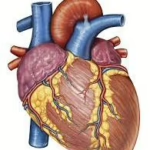








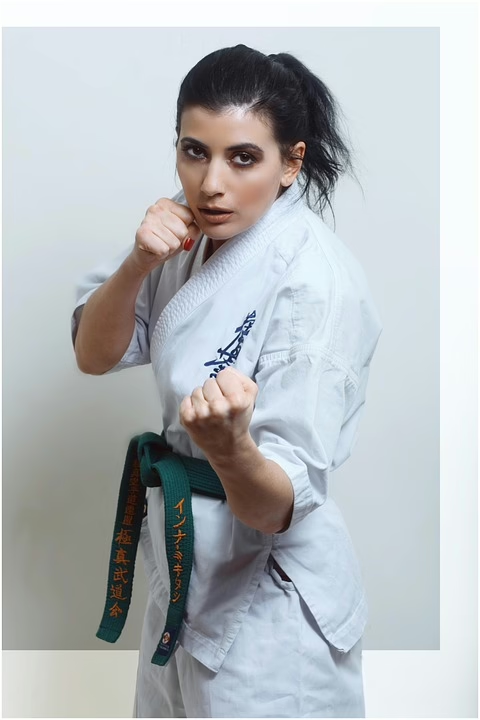
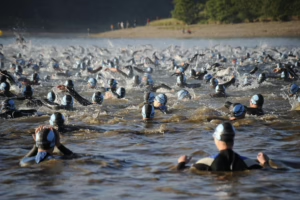

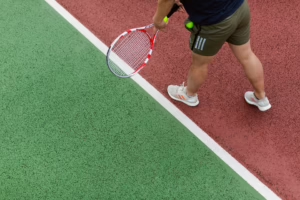
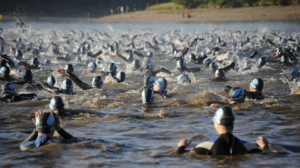

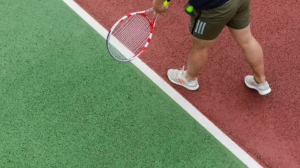




Add Comment